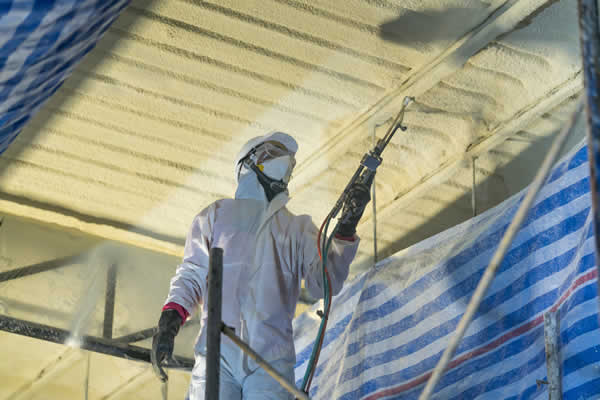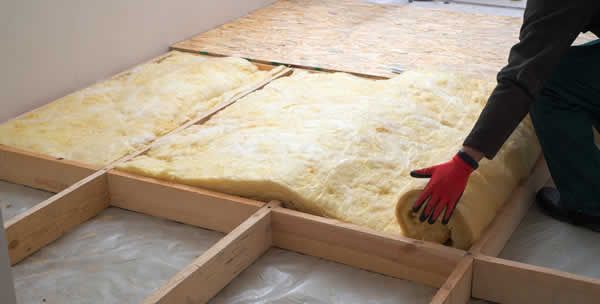The many insulation materials available in the market might make settling on any of them challenging. Choosing the wrong one for your home could lead to a waste of money. Such difficulties might make you want to forego insulating your home as part of the remodeling. But worry not, for this article will guide you to ensure you pick the right insulation material to suit your needs.

In choosing insulation materials, consider the following factors:
Material Durability
The durability of your chosen insulation material is essential since it determines its maintenance needs. You want to buy a material that won’t need replacement a few years down the line. Some insulation materials may become thin over time and need frequent replacing. It’s best to steer away from such materials. However, if they’re still your preferred choice, you should be ready to perform the necessary maintenance.
Another aspect to consider under durability is UV stability. This is important if you want to insulate an exposed element, such as your external walls or roof. There are insulation materials that could shrink from prolonged exposure to UV rays, such as spray foam. Therefore, for your external insulation, choose a material that will withstand harsh weather conditions.
Energy Efficiency
The energy efficiency of your insulation material is indicated by its R-value. The R-value represents the thermal resistance of the insulation material, which is the material’s resistance to heat flow.
When choosing an insulation material, you might want to settle for one with a higher R-value. High R-value means that the material won’t contribute to heat loss or gain, allowing for energy efficiency in your home. It could help give you a comfortable home where you don’t have to worry about the extreme cold temperatures outdoors getting indoors.
Fire Rating
The occurrence of fire is possible in any home; therefore, you need to adopt materials that won’t increase the spread of fire. This includes your insulation materials.
Insulation materials have varying fire ratings. These ratings go from Class A to F. A class A fire-rated material will contribute the least to fire and flame spread. The contributing factor increases down the classes. This means that a class F fire-rated material is flammable and can increase the spreading of fire in your home.
Therefore, settle for an insulation material with a higher fire class rating to protect your home. There are non-combustible materials you can choose, such as fiberglass.
Moisture Resistance
Moisture is a big enemy to your insulation material since it can affect the longevity of your insulation. How? The material will become home to mold and mildew, becoming a nuisance in your household.
It's preferable to work with insulation materials that don’t need moisture or water in the installation process, such as Cellulose. However, if Cellulose is your preferred choice, you can infuse chemicals in it to enhance its moisture-resistant properties.
Soundproofing Properties
If your home is located in a noisy neighborhood or next to the road, you’ll need to factor in noise minimization in your insulation material. The same applies to rooms where you need some quiet, such as a home office or bedroom.
You can opt for insulation materials with acoustic properties, such as fiberglass, to reduce sound pressure. Alternatively, you can increase the thickness of your preferred material. The thickness can reduce noise transmittance, making any room soundproof.
Material Cost
Different insulation materials have varying prices; the difference is attributed to their performance and characteristics. Besides the price, you also need to consider the overall cost of your project, both long-term and short-term.
Weigh your installation material's initial, delivery, installation, and running costs. The running costs depend on the maintenance needs of the material; if it’s high maintenance, expect your costs to be expensive. Another aspect that can directly impact the price is the material’s availability. If it has to be imported, the costs will increase.
Once you’ve arrived at the final figure, compare it with your insulation budget. Here, you should ensure you choose an insulation material that’s within your limit. You don’t want to overspend since you may have other renovation projects to fund.

Allergen Presence
Some insulation materials may release particles in the atmosphere that can negatively impact your health. This is common with old insulation materials such as fiberglass and rock wool.
If you have an existing respiratory condition, such as asthma, allergen presence is a factor you need to consider in your insulation material. Consider opting for allergen-free insulating materials, such as mineral wool.
It would also be best to let professionals do the project and steer away from the area until installation is done.
Conclusion
Choosing an insulation material for your home isn’t as daunting as you might have presumed. With the right guidance, like this article gives, the process is made seamless and quick. Therefore, factor in the aspects discussed above in your insulation material selection process to help you finish your renovation project in no time and allow you to utilize your space once again.
